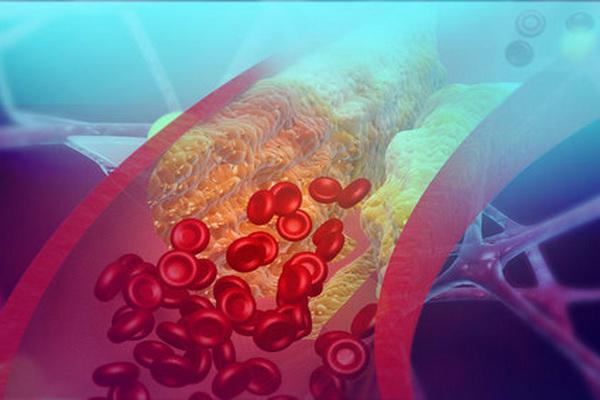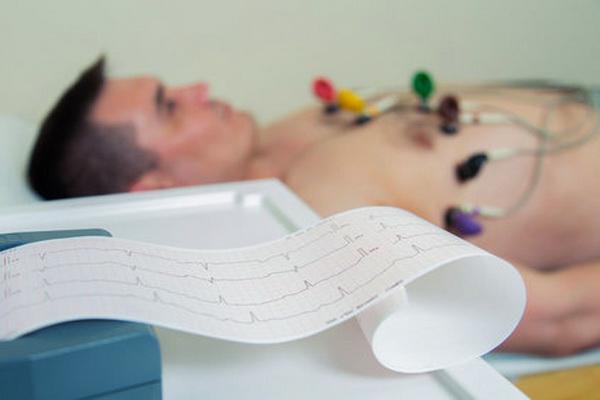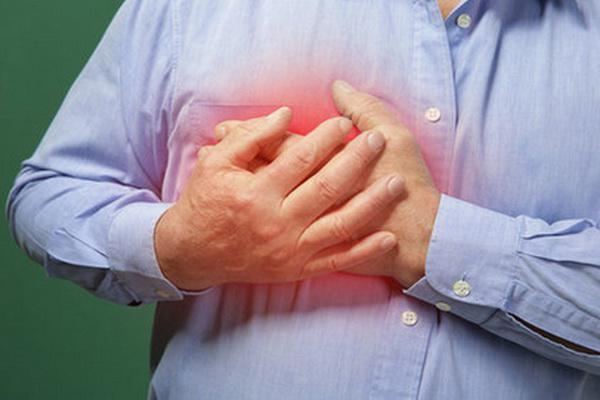Зміст
Pre-infarction is the last moment to save your heart, and often your life. It’s actually a colloquial term for coronary artery disease, but it reflects the threat perfectly. A pre-infarction condition means that the heart is not getting the right amount of oxygen and the coronary arteries are not working properly.
The cause is severe atherosclerotic lesions, that is, the accumulation of cholesterol in the walls of blood vessels. What are the symptoms of pre-infarction, and how can I protect my heart muscle from tissue necrosis?
What is a peri-infarction condition, and what are its causes?

Pre-infarction is a common word for coronary artery disease or angina pectoris. This means that the coronary arteries are in very poor condition, which means that the heart is constantly undersupplied with blood and oxygen. The cause is atherosclerotic changes and, consequently, the accumulation of cholesterol in the form of so-called atherosclerotic plaques. They weaken and constrict blood vessels, making blood flow much more difficult. If left untreated, this can lead to complete closure of the coronary lumen, myocardial cell necrosis and heart attack.
Pre-heart attack is caused by atherosclerosis (which develops as a result of high levels of bad cholesterol), coronary artery injury, or arterial thrombosis. Pre-heart attack risk factors also include overweight and obesity, hypertension, diabetes and hyperthyroidism, and smoking. Men over 40 are mostly at risk.
Symptoms of peri-infarction disease
A pre-infarction condition is a burning pain in the chest that is felt under pressure and may radiate to the back. Other symptoms include shortness of breath, nausea, abdominal pain, as well as lack of energy and rapid fatigue. They are often mistaken for a heart attack.
Characteristically, all symptoms worsen on time or immediately after physical exertion (even minor). Then the oxygen demand becomes greater, but the blood vessels cannot transport more blood with oxygen. Symptoms may go away after rest, but they shouldn’t. Unfortunately, this can mean tissue necrosis and the release of troponins, so-called markers of heart attack.
Prevention of cardiovascular diseases
The most common cause of heart attacks and coronary artery disease is atherosclerosis. This, in turn, is a consequence of unhealthy lifestyles – primarily physical inactivity and a diet rich in sugar and animal fats.
Therefore, the most effective prevention of cardiovascular disease is maintaining a healthy body weight, ensuring a balanced diet, and regular exercise. However, if we are struggling with pre-infarction disease, professional medical attention is needed.
Peri-infarction condition – diagnosis and treatment

The symptoms of pre-infarction should prompt us to call an ambulance – you can never be sure that it will go away after rest. The basis of diagnosis is the study of ECG, as well as the definition of markers of heart attack.
Treatment before a heart attack includes medication to lower bad cholesterol, and acetylsalicylic acid, which thins the blood. People with other chronic medical conditions may also need measures to lower blood pressure and regulate blood sugar levels. Some people also have angioplasty, which is the surgical expansion of the arteries.
However, the mainstay of treatment is lifestyle changes – in the case of overweight and obese people, cutting back on diet is essential. Eliminate simple sugars, salt and animal fats from your daily meal.








